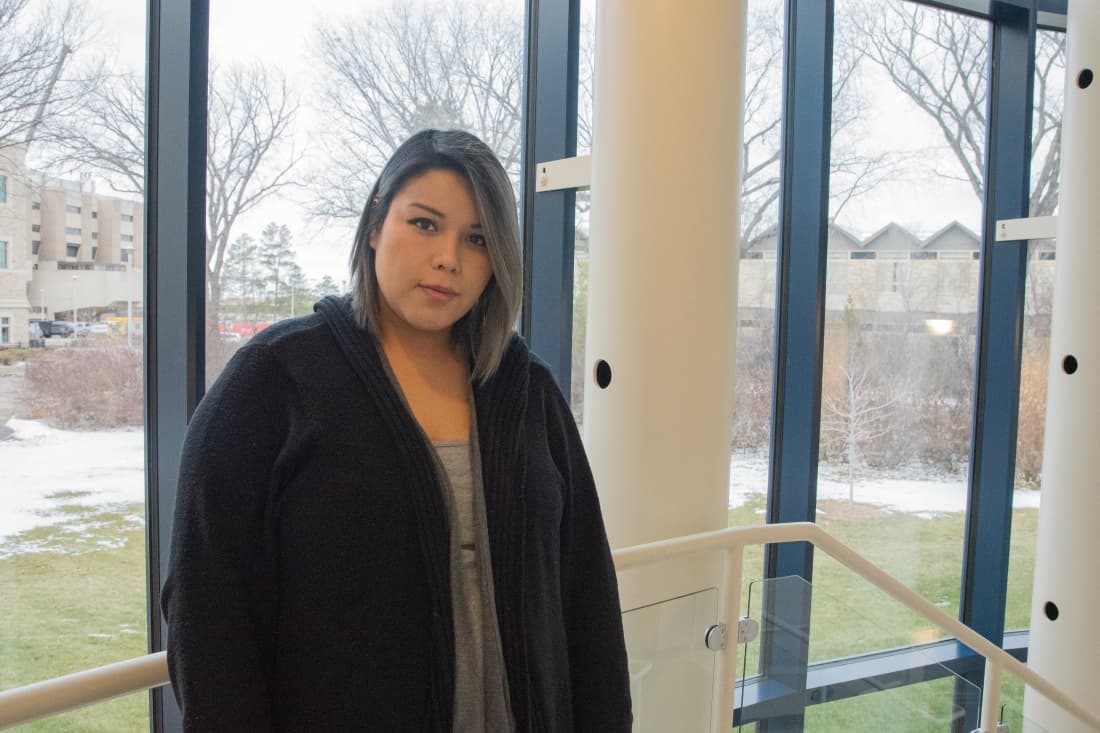
High school seniors and undergraduate students can now take part in a two-year pilot program encouraging Indigenous women’s participation in STEM fields within the mining industry through professional mentorship and group activities.
MentorSTEP was created through a recent partnership between the Saskatoon Tribal Council, the University of Saskatchewan and the International Minerals Innovation Institute. The IMII funded the program with $133,000.
Sheila Naytowhow, a fourth-year psychology major, contributed to the design of the program while working as the student co-ordinator for MentorSTEP last summer. She believes that the program is beneficial for young Indigenous women who struggle with “feeling like they’re fitting in with the mining industries.”
“It’s a whole learning opportunity for everyone, especially if the mining industry has been a certain way for such a long time,” Naytowhow said. “There’s always room for growth, new people [and] new ways of looking at things, [which are] always going to be helpful.”
As a co-ordinator of the undergraduate research initiative, Merle Massie oversaw the development of MentorSTEP since its soft launch last spring. She has worked with the IMII to identify the 25 mining industry professionals participating as mentors. She also planned the monthly learning events that include touring mines, learning labs and Elder visits.
Massie says that the program will balance “classic mentorship” by establishing one-on-one relationships with faculty and industry mentors while valuing an “Indigenous understanding of what mentorship looks like.” The focus will be on relationshipbuilding through group-learning experiences with the 18 students currently registered for MentorSTEP.
“There’s no hierarchy between one another, and the concept of doing shared events and creating memories together is really integral,” Massie said.
Naytowhow says she is excited that the program will help network participants with potentially rewarding real world connections and opportunities.
“So if they finish the program, there’s a good chance of them being able to do the summer internships and then possibly working at a mine,” Naytowhow said.
Naytowhow also takes part in the U of S chapter of the Canadian Indigenous Science and Engineering Society established last year and says that it’s positive to see how much interest there is in studying the STEM fields.
Since the summer, she has learned directly from her own mentor who works as a chemical engineer. Naytowhow says that when they shared their individual perspectives with one another, she found that their goals were very similar.
“I think that would be pretty important for the students just to kind of see that and have more time with their mentors to learn,” Naytowhow said.
Massie says that systemic barriers and underrepresentation have often discouraged women from pursuing STEM fields. A fundamental component of MentorSTEP is addressing these challenges while making sure “learning happens in both directions.”
“It isn’t just that the girls coming into the program are learning about the mining industry,” Massie said. “But the mining industry also has the opportunity to learn about Indigenous cultural practices around science or Indigenous knowledge around science.”
Massie says that mining can be potentially “problematic” when considering an Indigenous perspective but MentorSTEP is part of an important discussion.
“What mines tend to do in terms of penetrating and digging things out of the earth — it can feel very invasive, but at the same time I don’t want to minimize that conversation,” Massie said. “It’s okay to be uncomfortable and to recognize that there’s a lot to think about when you think about mining.”
—
Noah Callaghan/ Staff Writer
Photo: Victoria Becker/ Photo Editor